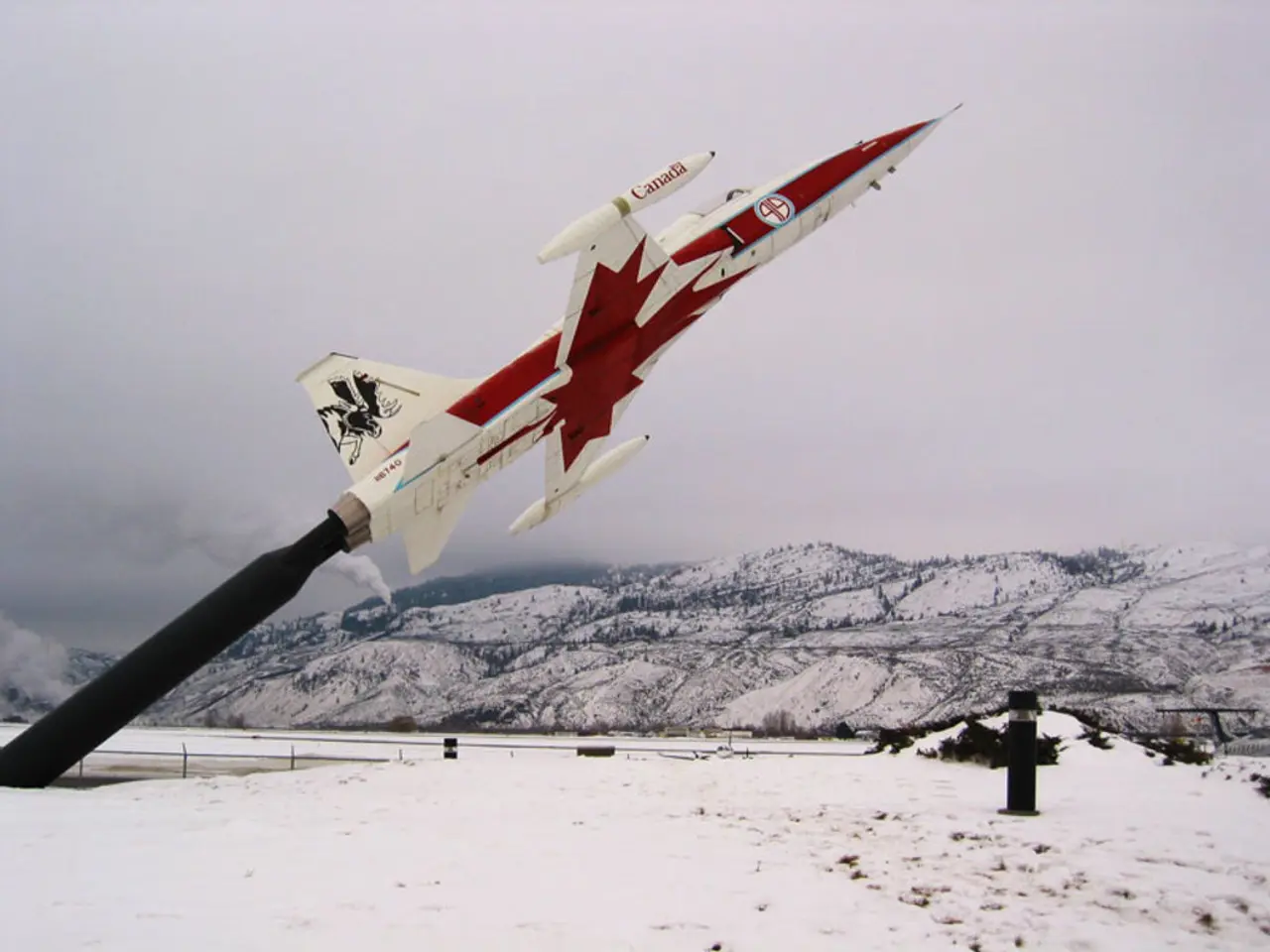Potential for Miniature Spacecrafts to Approach a Black Hole
Exploring the Unknown: The Quest for a Nanocraft Mission to a Black Hole
A groundbreaking project is underway, aiming to propel a tiny spacecraft, known as a nanocraft, towards a nearby black hole. This ambitious mission, though currently in its infancy, could revolutionize our understanding of the universe.
The nanocraft, no larger than a paperclip and weighing just a few grams, will be equipped with microchip-sized instruments and ultra-thin light sails. These lightweight components will be propelled by Earth-based phased laser arrays, reaching speeds approximately one-third the speed of light. This propulsion method allows the nanocraft to traverse the vast distances necessary to reach a black hole roughly 20-25 light-years away within about 70 years, with the roundtrip (including data return) taking around 80-100 years.
The scientific motivation behind this mission is twofold. Firstly, it aims to test Einstein’s theory of general relativity under extreme gravity near a black hole. Secondly, it seeks to investigate event horizons and explore if fundamental physical constants change in such environments.
However, the road to this interstellar expedition is fraught with challenges. The nanocraft technology, including miniaturized instruments and ultra-light, durable light sails at the required scale and function, does not yet exist. Building and operating the Earth-based laser array required to accelerate the craft would be enormous in scale and cost, with estimates around one trillion euros today.
Another hurdle is the prolonged mission duration, which demands extremely reliable hardware and long-term mission planning. Furthermore, the spacecraft must survive harsh conditions near the black hole, including intense gravitational and radiation fields.
Additionally, nearby black holes suitable for study have yet to be conclusively identified. New detection techniques may find one within the next decade, but the mission's success is contingent on revolutionary advances in laser propulsion, nanotechnology, black hole detection, and communication.
Despite these challenges, experts believe significant progress in laser and nanocraft technology over the next 20-30 years, along with falling costs, could make such a mission feasible within a lifetime. This echoes past breakthroughs once considered impossible, like gravitational wave detection or imaging black holes.
In the meantime, research is being conducted into using composite materials and specialized fibers for shielding against cosmic rays and micrometeorites, while keeping the weight of the spacecraft minimal. The journey of the nanocraft would cover approximately 20 to 25 light-years, taking about 70 years to reach the black hole and decades for data transmission back to Earth.
However, it is currently not feasible to use quantum key distribution (QKD) to send scientific data back from a black hole many light-years away. Launching a series of small spacecraft might increase the odds that at least one will make it to the black hole. Developing nanocrafts that survive decades in deep space with functioning instruments and communication systems remains an engineering challenge. Protecting nanocrafts against micrometeorite impacts is also challenging, as even tiny particles can cause catastrophic damage at high relative velocities.
In conclusion, the quest for a nanocraft mission to a black hole is an exciting venture that pushes the boundaries of our technological capabilities. As we continue to make strides in laser propulsion, nanotechnology, and black hole detection, we move closer to potentially realizable interstellar missions that could revolutionize our understanding of the universe.
The space-and-astronomy community pursues this mission, employing science and technology, to study black holes, aiming to test Einstein's theory of general relativity and investigate event horizons within extreme gravitational environments (evolution of our understanding). The development of miniature instruments and ultra-light, durable light sails, coupled with Earth-based phased laser arrays, forms the core of this project, overcoming vast distances to a nearby black hole (technology and science application).




